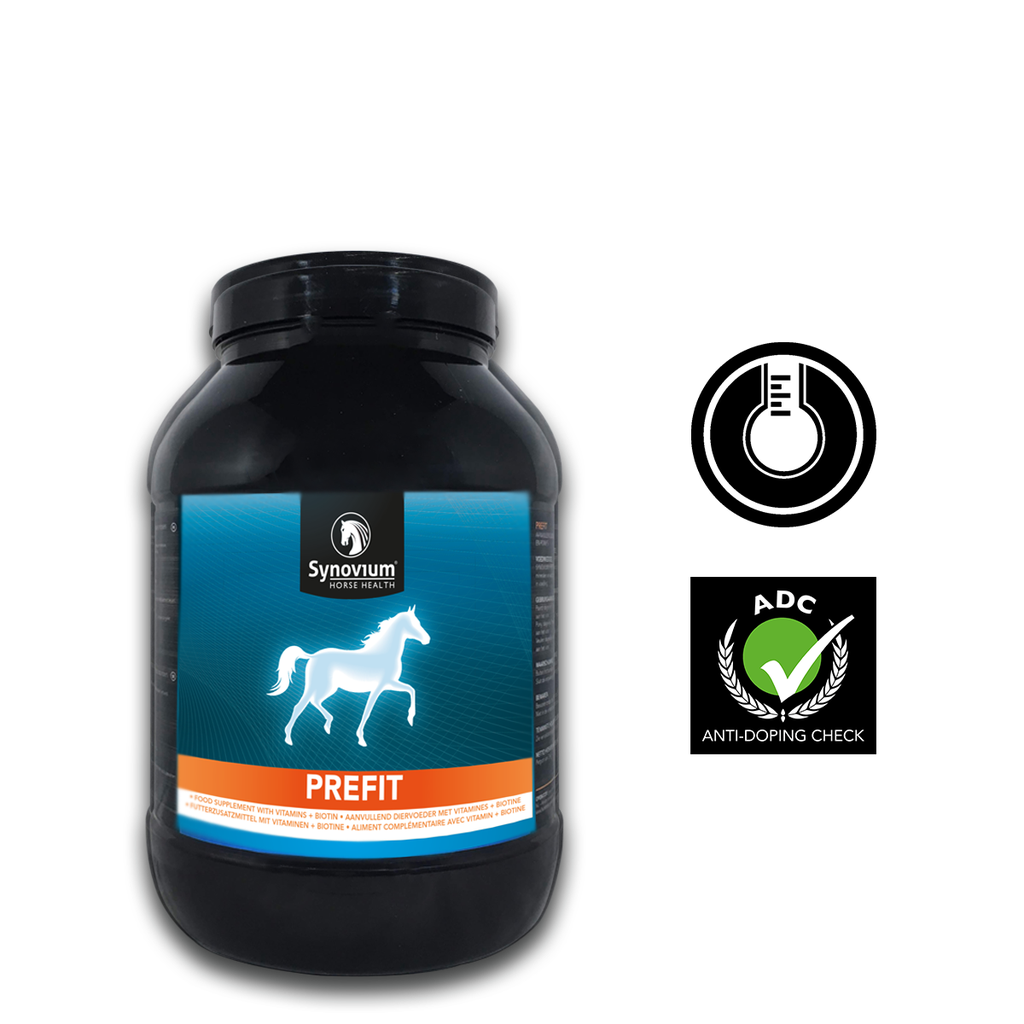1. Domínguez-Vara, I. A., Sánchez-Malváez, E., Medina-Navarro, P., de Oca-Jiménez, R. M., Vieyra Alberto, R., Morales-Almaraz, E., de la Fuente, J. L., Sánchez-Torres, J. E., Bórquez-Gastelum, J. L., Acosta-Dibarrat, J., & Salem, A. Z. M. (2017). Mineral Status and Interrelationship in Soil, Forage, and Blood Serum of Horses in the Rainy and Dry Seasons. Journal of Equine Veterinary Science, 49: 101-107.
2. Raub, R. H. (2010). Growing more durable equine athletes. Comparative Exercise Physiology, 7(2): 49-56.
3. Varagka, N., Lisgara, M., Skampardonis, V., Psychas, V., & Leontides, L. (2016). Partial substitution, with their chelated complexes, of the inorganic zinc, copper and manganese in sow diets reduced the laminitic lesions in the claws and improved the morphometric characteristics of the hoof horn of sows from three Greek herds. Porcine Health Management, 2: 1-13.
4. Zhao, J., Shirley, R. B., Vazquez-Anon, M., Dibner, J. J., Richards, J. D., Fisher, P., Hampton, T., Christensen, K. D., Allard, J. P., & Giesen, A. F. (2010). Effects of chelated trace minerals on growth performance, breast meat yield, and footpad health in commercial meat broilers. Journal of Applied Poultry Research, 19(4): 365-372.
5. Predieri, G., Beltrami, D., Pattacini, R., Parisi, M. L., Sinicropi, A., Valensin, D., & Basosi, R. (2009). Structural studies in solution and in the solid state on the zinc chelate of 2-hydroxy-(4-methylthio)butanoic acid, an effective mineral supplement in animal feeding. Inorganica Chimica Acta, 362(4): 1115-1121.
